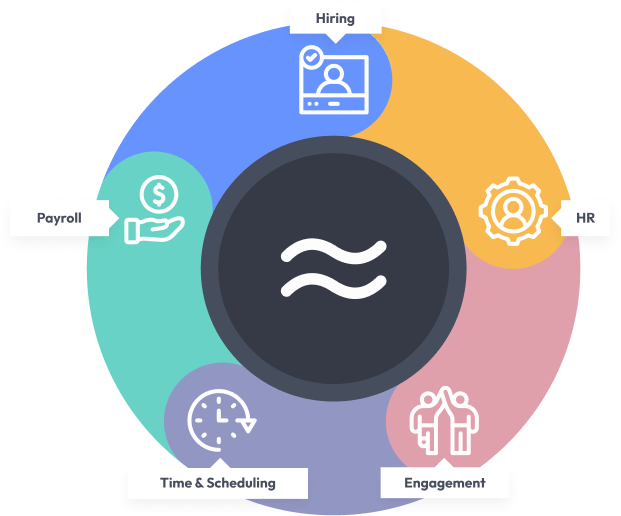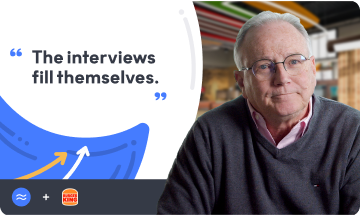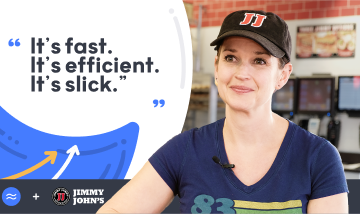How to Hire Forklift Operators: Your Playbook for Building a Reliable Warehouse Team
Let’s be honest—trying to hire forklift operators who actually show up, stay safe, and stick around isn’t as easy as tossing a job ad online and hoping for the best. If you’re running a warehouse, distribution center, or any logistics-heavy operation, you already know that a single great forklift driver can make—or break—your daily workflow. But how do you find the right people, keep them motivated, and avoid the constant churn that’s become all too common? Let’s break it down, step by step, with a few digressions and a dose of real talk along the way.
Why Hiring Forklift Operators Is Tougher Than It Looks
First things first: the competition for skilled warehouse operators is fierce. According to the American Staffing Association, millions of Americans work in warehouse and logistics roles each year, but turnover is sky-high. The reasons? Well, everything from burnout to lack of advancement opportunities, as Gallup points out, can drive good people out the door.
And let’s not forget compliance. The Department of Labor’s recordkeeping requirements mean you can’t just hire anyone off the street and hope for the best. Certifications, safety training, and accurate time tracking are non-negotiable. If you ask me, it’s a wonder anyone manages to keep their warehouse fully staffed at all!
The Real Cost of Getting It Wrong
Here’s the thing: losing a single forklift operator can cost you way more than just the price of a job ad. Notch Financial estimates that replacing a front-line warehouse worker can set you back thousands in lost productivity, overtime, and training. If you’re still relying on spreadsheets and sticky notes, you’re probably bleeding money without realizing it.
Step 1: Define the Role and Set the Bar High
Before you even start to find warehouse workers, you need a crystal-clear job description. Not just “must drive forklift.” Think: what shifts do you need covered? What certifications are required? What’s your policy on overtime or weekend work?
- Use resources like Job Description Topics to craft a detailed, ADA-compliant job post.
- Highlight safety as a top priority—this isn’t just about compliance, but about building trust with candidates.
- Spell out pay, benefits, and advancement opportunities. According to SHRM, salary and benefits are the first things job seekers look for.
Honestly, if your job ad looks like every other “help wanted” sign, don’t be surprised if you’re attracting the same revolving door of applicants. For inspiration, check out these best job posting examples tailored for hourly roles.
Certifications and Safety: Non-Negotiables
Don’t cut corners here. Make sure your forklift drivers have up-to-date OSHA certifications. If you’re not sure what’s required, the Fisher Phillips site has practical legal guides for employers.
Step 2: Source Candidates Where They Actually Are
Let’s face it, your next great warehouse operator probably isn’t lurking on LinkedIn. You’ll have better luck on platforms where hourly workers hang out—think Craigslist, Indeed, or even Facebook groups. And don’t underestimate the power of referrals; as SHRM notes, employee referral programs can bring in candidates who are more likely to stick around.
- Use text-based recruiting tools like Workstream to reach candidates on their phones—where they’re actually looking for work.
- Consider creative channels, like posting on Instagram or local job boards.
- Screen for attitude and reliability, not just technical skills. Harvard Business Review highlights how hiring for attitude can dramatically reduce turnover.
Recruiting Logistics Staff: What Works (and What Doesn’t)
Recruitment isn’t just about volume—it’s about fit. Tools like eSkill let you assess candidates’ real-world skills before they ever set foot in your warehouse. And if you want to move fast, consider automated interview scheduling and smart screening, like what Workstream offers. You’ll cut days off your time-to-hire, which matters when every shift counts.
Step 3: Streamline Onboarding and Scheduling
Here’s where most businesses drop the ball. You’ve found your new forklift operator, but if your onboarding is slow or confusing, you risk losing them before they even clock in. The latest onboarding stats show that digital, mobile-friendly processes keep new hires engaged and reduce no-shows.
- Automate paperwork and training with digital onboarding tools. These onboarding templates can help you get started.
- Set up shift schedules that are fair and predictable. The 24-hour schedule template is a lifesaver for warehouses running around the clock.
- Use automated reminders and team communication tools to cut down on no-shows and confusion.
And don’t forget: a smooth onboarding process isn’t just about compliance—it’s about making new hires feel welcome and valued. That’s what keeps them coming back tomorrow.
Keeping Your Team Engaged (and Off the Job Boards)
Retention is the name of the game. According to Michelin Guide, high turnover is a killer for productivity and morale. Offer clear paths for advancement, regular feedback, and—if you can swing it—benefits that matter. The DoorDash benefits report shows that even small perks can make a big difference in keeping your team happy.
Step 4: Stay Compliant and Track Everything
Warehouse work is heavily regulated, and the last thing you want is a surprise visit from OSHA or the Department of Labor. Keep meticulous records of certifications, hours worked, and safety training. Automated HR platforms like Workstream can help you stay on top of compliance, reduce manual errors, and save serious money on legal fees and fines.
- Use digital document storage to keep everything organized and accessible.
- Automate ACA tracking and benefits administration to avoid costly mistakes.
- Monitor overtime and break compliance—one missed break can turn into a lawsuit faster than you’d think.
For more on compliance essentials, check out the Department of Labor’s wage recordkeeping guide.
Technology: Your Secret Weapon
Honestly, if you’re still juggling paper timesheets and manual schedules, you’re making your life harder than it needs to be. Modern platforms let you replace seven different tools with one, cut your HR costs in half, and save hours every week. That’s not just hype—it’s the new standard for running a tight ship.
Conclusion: Build a Warehouse Team That Lasts
So, what’s the secret to hiring and keeping top-notch forklift operators? It’s a mix of clear job descriptions, smart sourcing, fast onboarding, and relentless focus on compliance and engagement. Don’t be afraid to invest in technology that does the heavy lifting for you—your bottom line (and your sanity) will thank you.
If you’re ready to level up your hiring game, platforms like Workstream are purpose-built for hourly businesses like yours. They’ll help you hire forklift operators faster, keep your warehouse humming, and maybe—just maybe—give you back a few hours to enjoy a cup of coffee before the next shift starts.
Want more tips and resources?
- Explore restaurant hiring strategies that work for warehouses, too.
- Learn how to highlight benefits in your job descriptions.
- Check out creative job posting tips to attract better candidates.
- Discover how Dunkin' improved hiring with Workstream.
- Get a full guide to being an HRIS analyst for more workforce management insights.






